15 Ways to Make Your Backyard Safe for Pets
Pets bring endless joy to our lives, and it’s our responsibility to keep them safe—even when they’re exploring outside. Whether it’s a game of fetch with your dog, watching your cat lounge in the sun, or seeing your rabbit hop around the yard, your outdoor space should be a secure haven. To ensure these moments stay fun and worry-free, it’s important to take a few steps to pet-proof your yard. Here’s how to get started.
Start with a Solid Fence
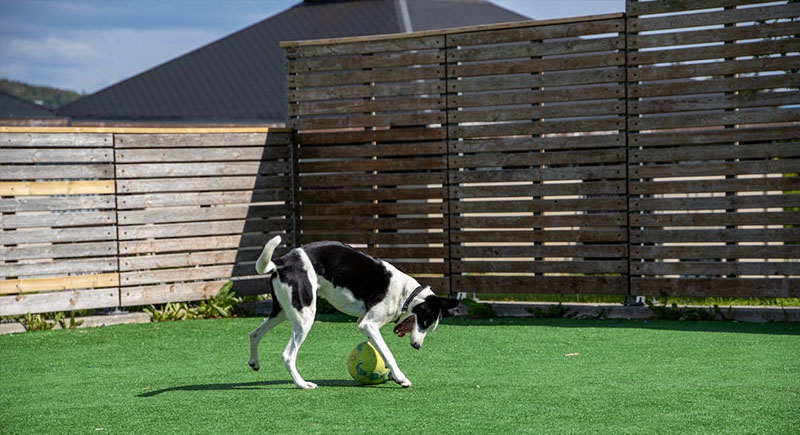
Credit: pexels
A reliable fence is your first line of defense against wandering pets and unwanted visitors. Make sure it’s tall enough to keep adventurous dogs from jumping over and strong enough to withstand their curiosity. Check for gaps or loose boards regularly, as even small holes can lead to an escape. If you’ve got a digger on your hands, consider lining the bottom of the fence with rocks or burying chicken wire to keep them safely inside.
Ditch Dangerous Plants

Credit: pexels
You might love the look of certain plants, but some are toxic to pets if they nibble on them. Lilies, oleander, azaleas, and sago palms are just a few common offenders. Instead, stick to pet-safe options like marigolds, sunflowers, or ferns. Do a quick check before planting anything new to avoid unwelcome surprises.
Say No to Harsh Chemicals
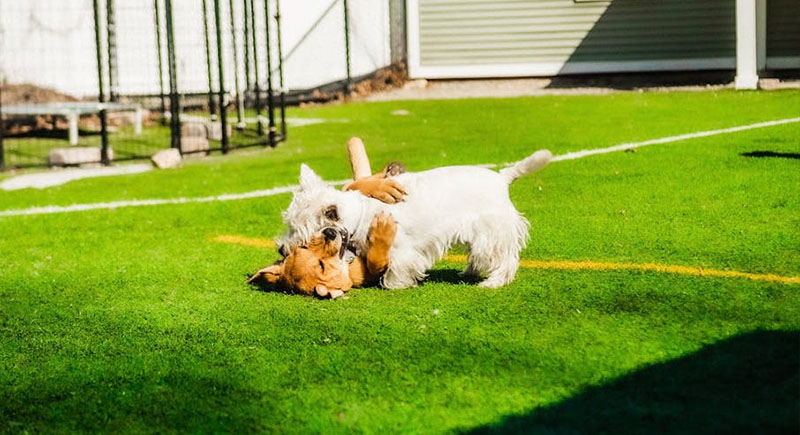
Credit: pexels
Lush lawns and blooming gardens shouldn’t come at the expense of your pets’ health. Skip traditional fertilizers, pesticides, and herbicides, as many contain ingredients that are harmful if licked or ingested. Opt for pet-friendly lawn treatments or natural alternatives like vinegar for weeds. Keep any chemicals securely stored away where curious noses can’t get to them.
Keep Shade and Water Close By

Credit: pexels
During hot summer days, pets need a place to cool down. Make sure there’s enough shade in your yard, whether it’s from trees, umbrellas, or a simple canopy. Always keep fresh water nearby, especially if your pets are active and playing. A shallow kiddie pool is a great addition for dogs that love to splash and cool off.
Create a Safe Digging Zone
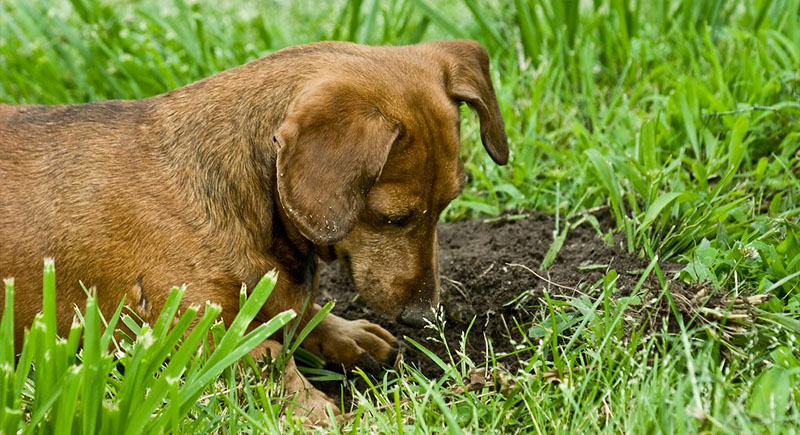
Credit: flickr
Some dogs just can’t resist digging, so why not give them a designated spot to do it? A small sandbox or a corner with loose soil can keep their digging instincts in check and save your flower beds. Bury a few toys or treats to encourage them to use their special zone instead of tearing up the lawn.
Choose the Right Ground Cover

Credit: flickr
Grass might seem like the obvious choice, but some types don’t hold up well to pet traffic. Clover is a great alternative—it’s soft, resilient, and doesn’t get ruined by urine. If you prefer something low-maintenance, pet-safe artificial turf is also a solid option. Avoid cocoa mulch altogether since it’s toxic to dogs.
Watch Out for Standing Water

Credit: pixabay
Puddles, birdbaths, and forgotten buckets can collect standing water, which quickly becomes a mosquito breeding ground. These pests are more than annoying—they carry diseases that can harm both pets and people. Empty any containers regularly, and consider a pet-safe fountain or water bowl to keep things fresh.
Secure Trash and Compost

Credit: pixabay
Your trash or compost bin might smell like treasure to your pet, but it’s often full of dangerous scraps, sharp objects, and harmful mold. Use tight-fitting lids or bins with locks, and keep them somewhere your pets can’t get to, like a shed or garage. Compost is great for gardens but can be deadly if pets dig into it.
Add a Shelter for All Weather
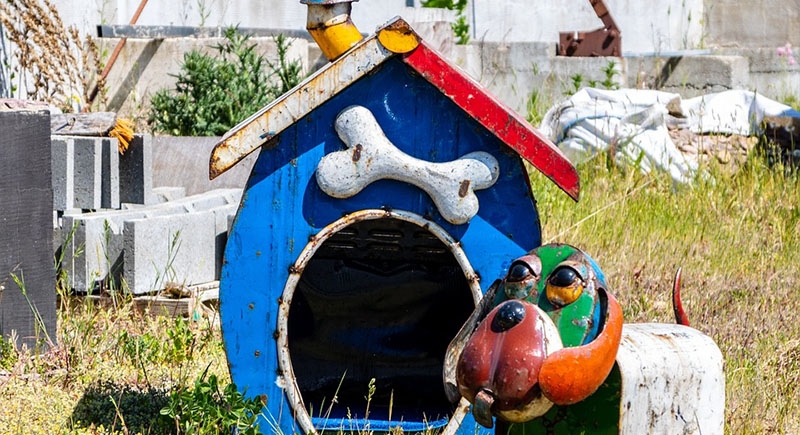
Credit: pixabay
Even if your pets only spend a few hours outside, it’s good to have a shelter where they can rest safely. A simple dog house or a shaded nook can protect them from sun, rain, or chilly winds. Make sure it’s sturdy, well-ventilated, and easy for them to access whenever they need it.
Skip Toxic Mulch
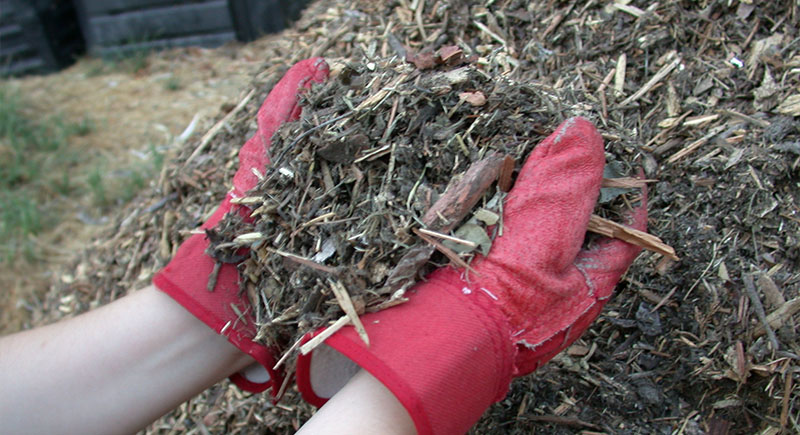
Credit: Wikimedia Commons
While mulch can make your garden look tidy, not all types are safe for pets. Cocoa mulch, in particular, is toxic to dogs, and some wood chips can splinter. Stick with safer options like pine or cedar bark, which are pet-friendly and still do the job of keeping weeds at bay.
Manage Pests Without Risk

Credit: freepik
No one likes pests, but some pest control solutions can be just as dangerous as the critters themselves. Avoid traps, poisons, and harsh insect repellents. Instead, look for natural solutions or pet-safe pest control options. For fleas, consider beneficial nematodes—a natural and safe way to reduce fleas in the yard.
Tidy Up Regularly

Credit: freepik
A clean yard is a safe yard. Pick up fallen branches, debris, and pet waste to keep the space healthy and free of hidden dangers like sharp objects or mold. Regular maintenance also helps you spot any new issues, like holes in fences or toxic plants popping up where they shouldn’t.
Hide Electrical Cords

Credit: freepik
If you’ve got outdoor lights, power tools, or an extension cord, keep them well out of reach of pets. Chewing on electrical cords can cause serious injuries. Use protective covers, run cords through PVC pipes, or simply keep them tucked away where paws and teeth can’t find them.
Build a Fun Play Space
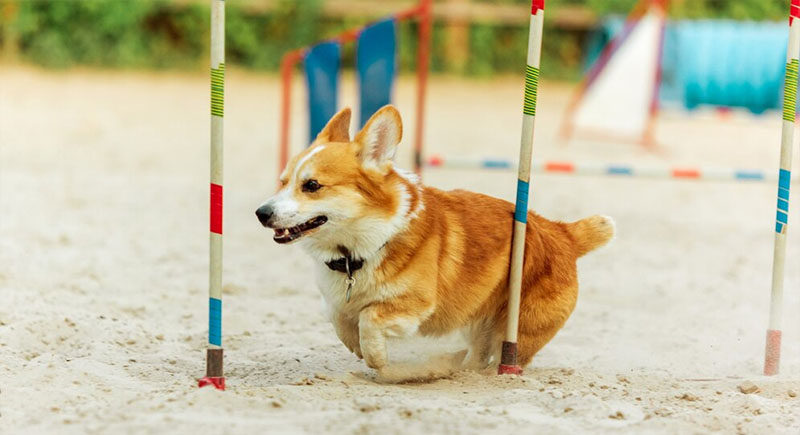
Credit: freepik
A dedicated play zone can keep your pets entertained and out of trouble. Add a few pet-safe toys, tunnels, or ramps for dogs to climb on. If you’ve got space, a small agility course can provide both exercise and mental stimulation. Cats will love climbing posts, scratchers, and quiet hiding spots.
Inspect the Yard Often
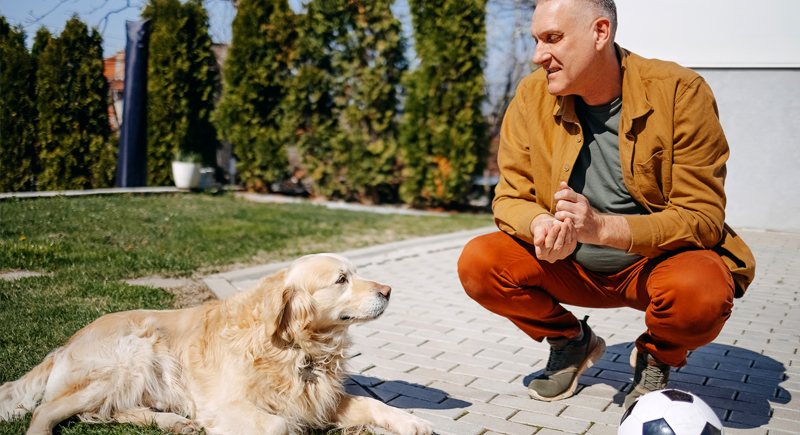
Credit: iStockphoto
Take a stroll around your backyard every week or two and look for any new hazards. Check fences, clean up any debris, and make sure water bowls are fresh. Pay attention to anything your pet might chew, dig, or climb that could cause harm. Regular inspections help you stay one step ahead of potential problems.